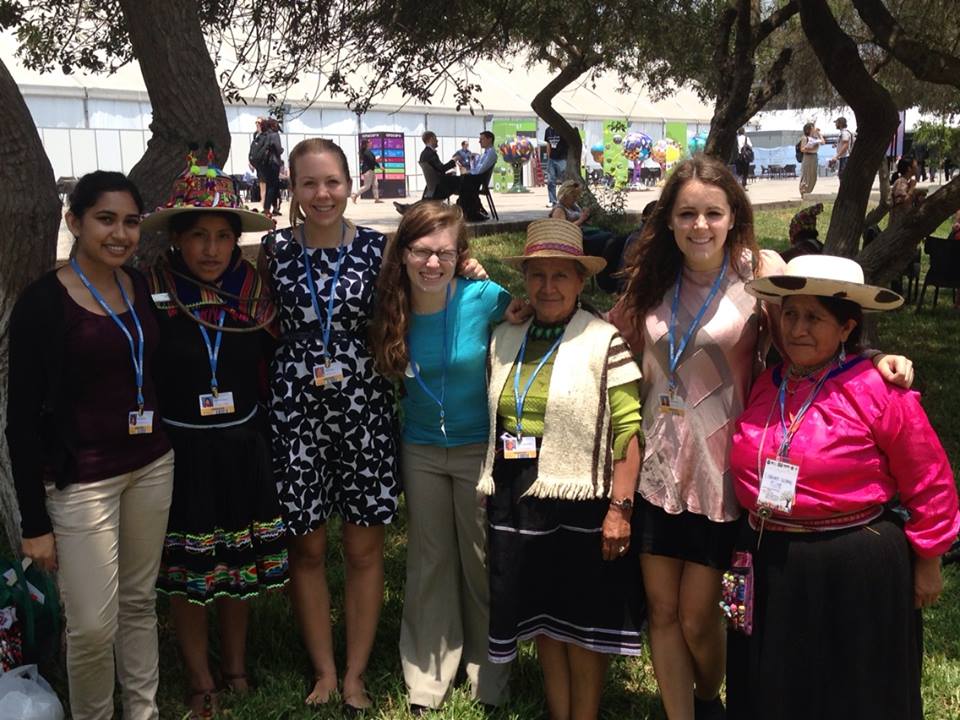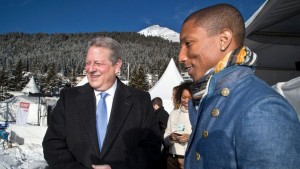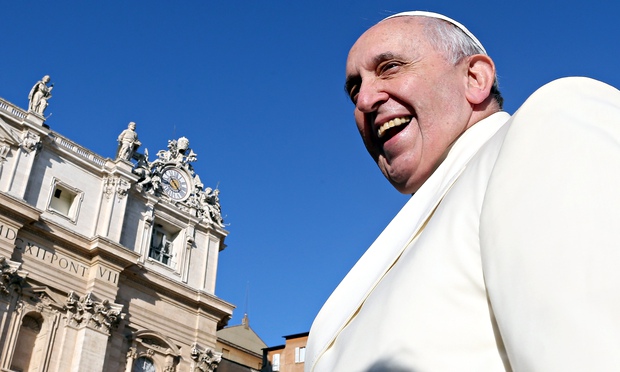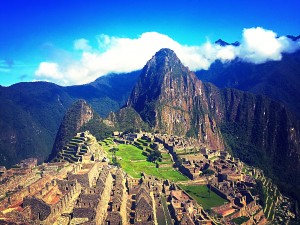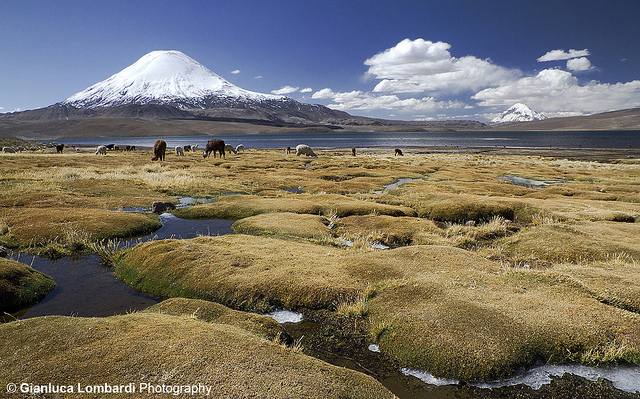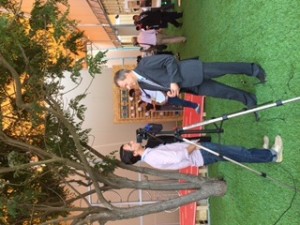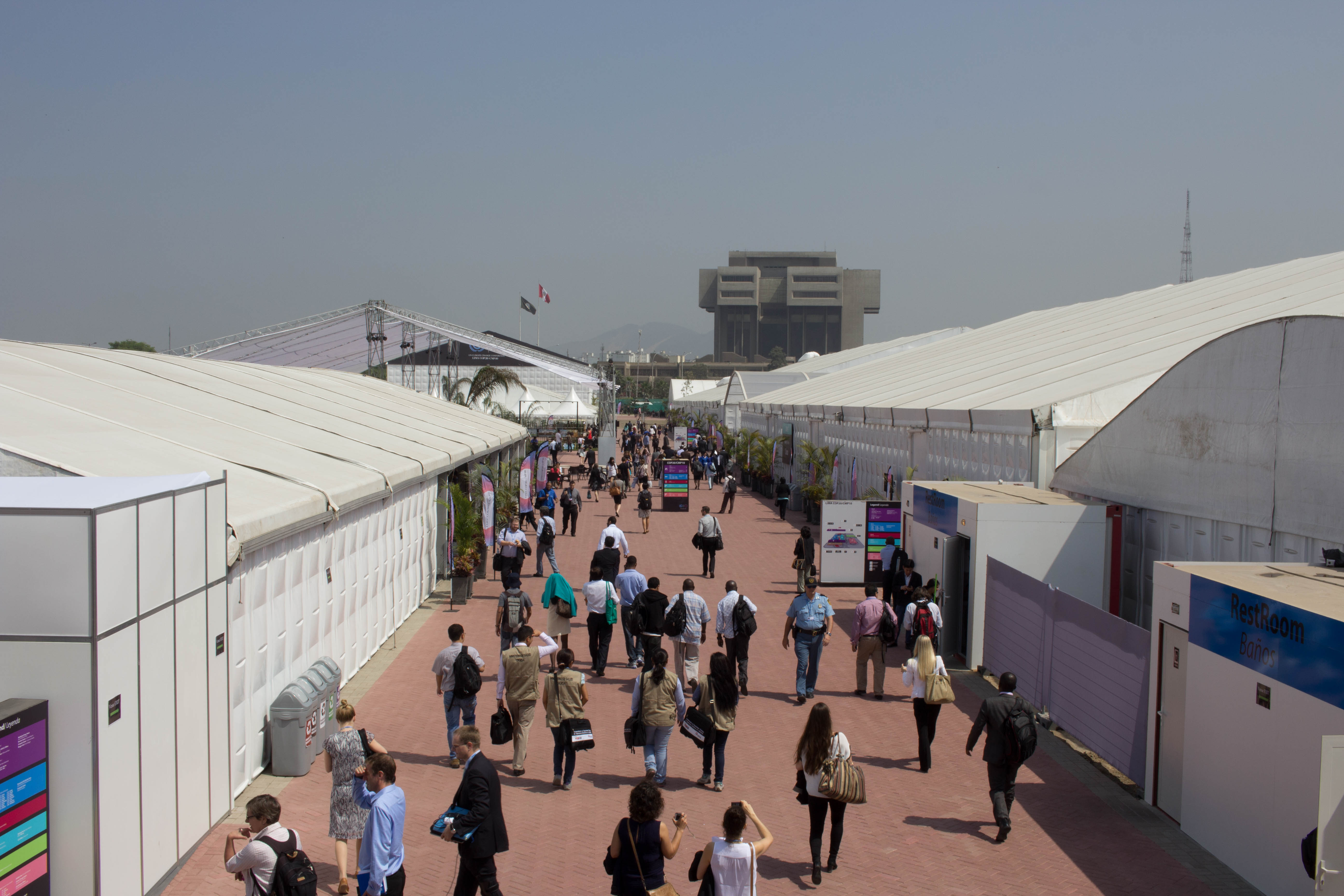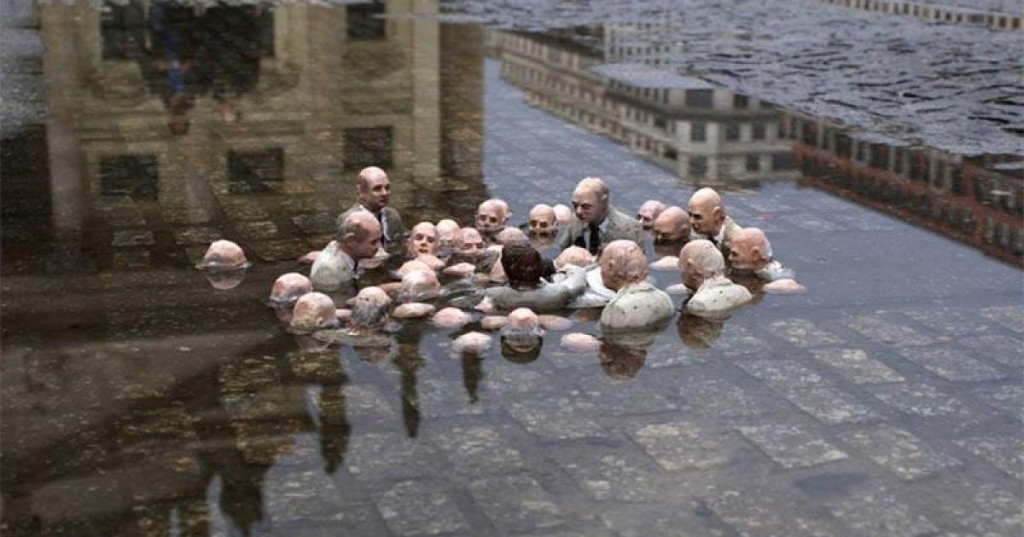Last week in my March to Extinction: The Impact of Climate Change on Biodiversity class we did an exercise focused on climate change. On Tuesday we split the class into five groups, each with a different topic. My topic was climate forcings and magnitude. Each group had to brainstorm and come up with everything they knew about the subject and all their uncertainties they had and then present it to the class. Before the following class on Thursday, we were instructed to address all of the uncertainties we had and present again. The exercise was helpful in forcing me to realize it’s not so easy to just talk about climate change and teach a class about it without any preparation. We had a reflective assignment to do wrapping it all up. The first question was “Did this exercise teach you anything new or identify for you important gaps in your knowledge?” I responded with the following…
“I have to say that no this exercise did not really teach me anything new in terms of substantive material, however I did get something out of it. I realized that I might think I know a decent amount about climate change but when it comes time to actually verbalize my knowledge, I struggle. Having discussions with people or teaching and informing people is very different from writing a paper, taking a test, or reading a book. You have less time to think about what you are going to say in a conversation and it’s certainly not as easy as reading something for class and absorbing only the big picture or listening to a lecture. I found it difficult to vocalize my knowledge that I do have, on the spot.
As far as knowledge gaps go, this is something I struggle with all the time. In fact, it stresses me out. There is literally so much more for me to learn in the environmental field as a whole. Even after being in the mosaic I feel that I still have only briefly touched the surface and that’s stressful to me. How am I going to make a difference (on the bigger scale) if I don’t know enough? I’ve been researching and exploring sea level rise since last semester, my paper is currently at 22 pages and I STILL feel like I don’t know nearly enough about the subject. What’s worse is there isn’t enough time in the day to learn everything.”


